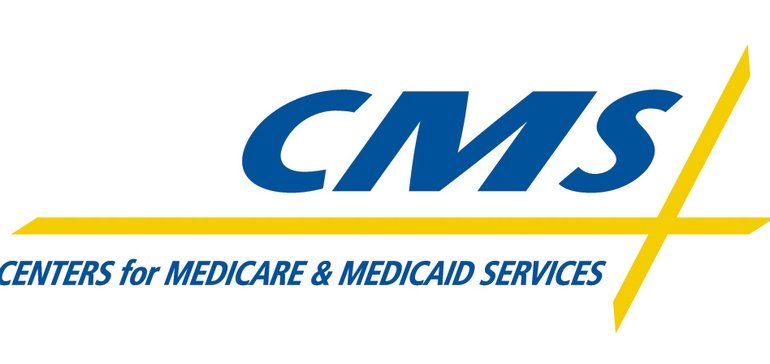
Dive Brief:
- CMS is proposing changes and a three year extension to the Comprehensive Care for Joint Replacement Model (CJR), which provides a flat set of payments to hospitals for an episode of care through 90 days past patient discharge.
- The program was due to expire at the end of this year. The agency also wants to include outpatient hip and knee replacements in the model now that those procedures have been removed from the inpatient-only list.
- The agency also proposes incorporating outpatient joint replacements into the program data, and basing target prices on the most recent year of claims data.
Dive Insight:
CJR was notable when it launched in April 2016 under the Obama administration as a mandatory model covering nearly 70 geographic areas. After two performance years, some providers were allowed to drop out as the program was made voluntary in about half of the regions.
The initial results of CJR have shown promise. Medicare claims data from 2015 through 2017 indicate that hospitals participating in the initiative cut costs $ 812 per procedure, mostly through a decrease in the use of post-acute care facilities, according to a study published last year in The New England Journal of Medicine. However, CMS’ comments in the Federal Register say the cost decreases are even larger, about $ 997 per episode.
Beyond the macro savings to Medicare, it’s not entirely clear which parties benefit and lose under the program. The American Hospital Association has expressed support for some bundled programs, but has cautioned against some mandatory elements of them being applied broadly.
One Wall Street analyst suggested that post-acute care providers, not the manufacturers of pricey medical devices used in surgeries, like artificial hips and knees, face the greatest risks.
“We continue to believe that post-acute providers are more at risk from bundled pay programs than device manufacturers as hospitals find bigger savings from reducing unnecessary follow-up care and partnering with lower cost providers,” Cowen Washington Research Group analysts wrote in an investor note.
The proposed expansions appear to be fairly significant. CMS wants to eliminate caps on gainsharing payments, distribution payments and downstream distribution payments for some participants.
CMS also wants to extend the program three more years. That would mean the initiative would run for the better part of eight years, barring any additional extensions. Its filing with the Federal Register suggests that this extra time would be used to assess how the CJR functions in outpatient settings.
CMS also wants to base price targets on the most recent year of claims data, rather than the trailing three years. That suggests the agency may believe there is more leeway in setting lower reimbursement prices for the bundles, or possibly encouraging more of them to take place in lower-cost outpatient settings.
The Trump administration’s HHS under Secretary Alex Azar has been more open to alternative payment models that include bundling services and in some cases making them mandatory. It’s a departure from the tenure of former secretary Tom Price, who resigned in disgrace little more than six months into the job after using taxpayer funds to regularly charter jets. An orthopaedic surgeon by training, Price was a vehement critic in particular of the mandatory elements of the program.
